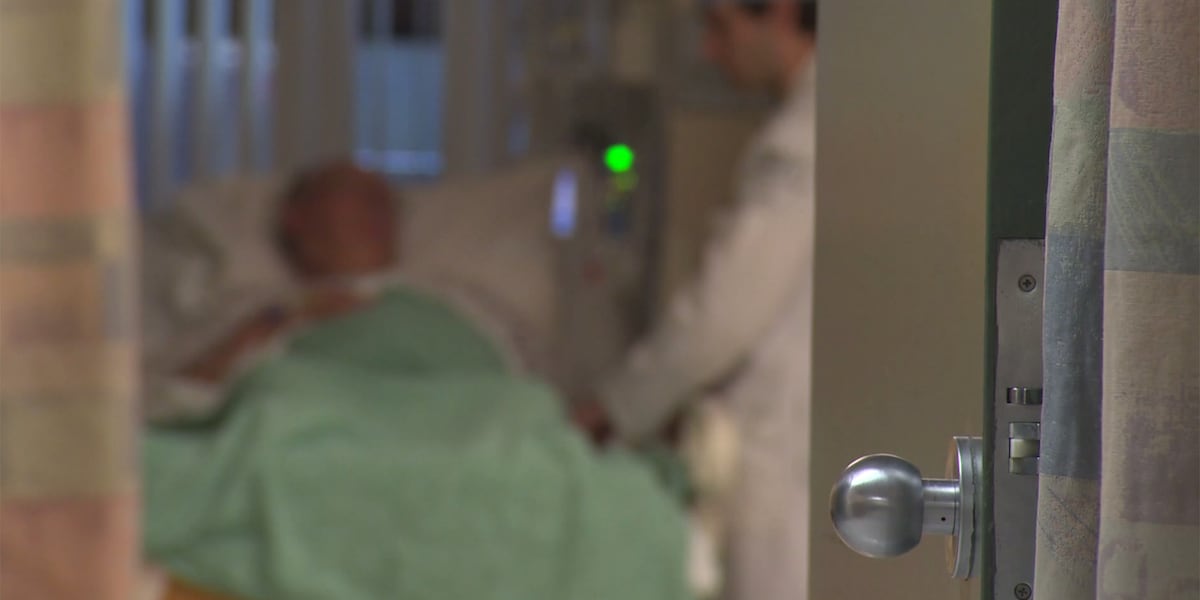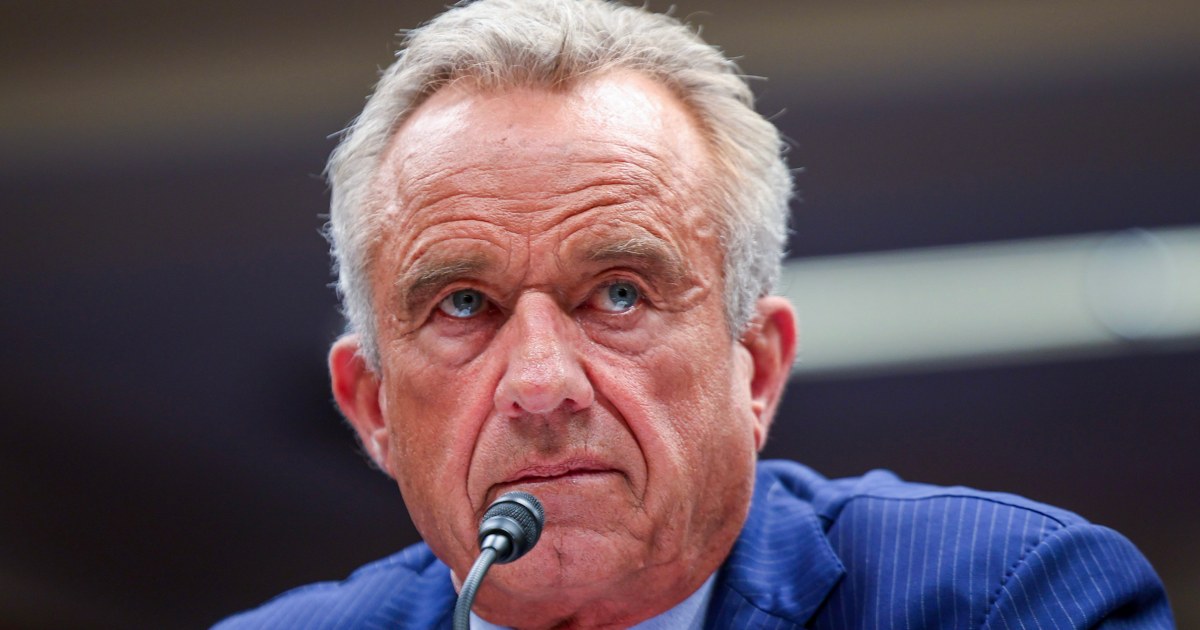Vermont Healthcare Crisis: Soaring Costs Threaten Hospitals, Insurers, and Patients

Vermont's Healthcare System Under Strain: A Looming Crisis
Vermont's healthcare landscape is facing a serious crisis, with hospitals and health insurers teetering on the brink of insolvency. This precarious situation is directly impacting patients, who are experiencing a significant increase in insurance premiums and medical bills. The escalating costs are raising concerns among healthcare professionals and residents alike, prompting widespread alarm and calls for immediate action.
The Root of the Problem: A Perfect Storm of Factors
Several factors are contributing to this escalating crisis. Rising operational costs for hospitals, including staffing shortages and the expense of advanced medical technology, are putting immense pressure on their financial stability. Simultaneously, increasing regulatory burdens and the complexity of insurance billing processes are further complicating matters. Furthermore, an aging population with increasingly complex healthcare needs is driving up demand for services, while reimbursement rates from both private insurers and government programs have struggled to keep pace.
Impact on Hospitals: Facing Closure and Reduced Services
The financial strain is particularly acute for Vermont's hospitals. Many are operating on razor-thin margins, and several are at risk of closure. Reduced profitability forces hospitals to make difficult decisions, such as postponing essential maintenance, limiting services, and even laying off staff. These measures ultimately impact the quality of care available to Vermonters.
The Patient Burden: Higher Premiums and Bills
Patients are bearing the brunt of these financial challenges. Insurance premiums are skyrocketing, making coverage less affordable for many. Even those with insurance are facing higher out-of-pocket expenses, including deductibles, co-pays, and coinsurance. The fear of accumulating medical debt is a growing concern for families across the state.
What's Being Done and What Needs to Happen
State and federal officials are aware of the crisis and are exploring potential solutions. Discussions are underway regarding payment reform, increased financial support for hospitals, and measures to control healthcare costs. Some possible strategies include:
- Value-Based Care Models: Shifting from a fee-for-service model to one that rewards quality and outcomes, rather than volume of services.
- Negotiated Drug Prices: Allowing the state to negotiate lower drug prices with pharmaceutical companies.
- Increased Investment in Primary Care: Strengthening primary care services to prevent costly hospitalizations and emergency room visits.
- Workforce Development: Addressing the critical shortage of healthcare professionals through training and recruitment programs.
A Call to Action: Protecting Vermont's Healthcare Future
The healthcare crisis in Vermont demands urgent attention and collaborative action. A comprehensive approach that addresses the underlying financial challenges and prioritizes patient access to affordable, high-quality care is essential to safeguard the health and well-being of all Vermonters. Ignoring this issue will only exacerbate the problem, potentially leading to a healthcare system that is unsustainable and inaccessible for many.






